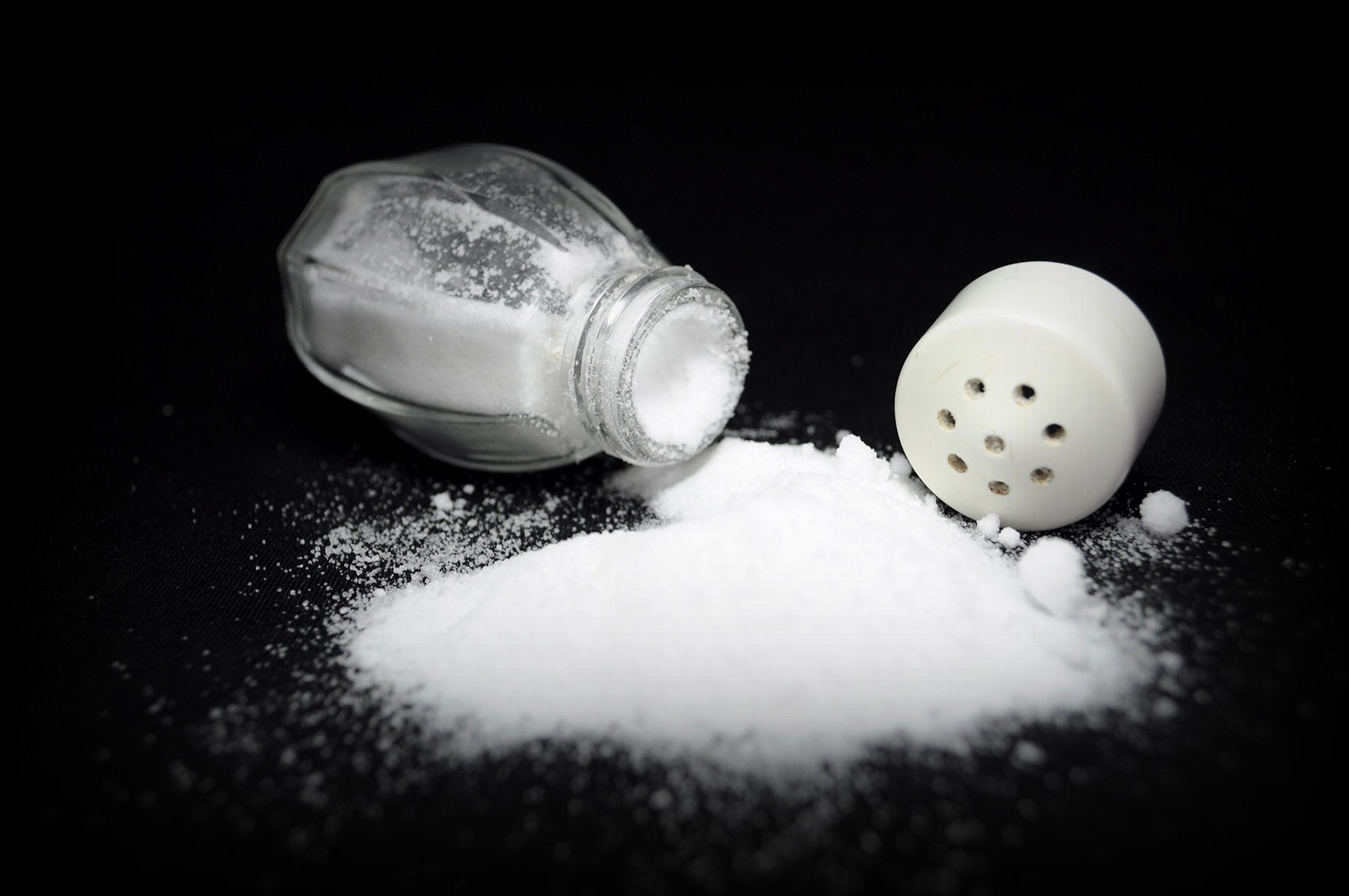Being Mindful about Your Sodium Intake
December 20, 2024
You’ve probably heard about the phrase “you are what you eat.” And while the importance of healthy eating for overall health has been well documented, many people are unaware of their actual sodium intake – and the damage it can do over time. In fact, a diet high in sodium is a risk factor for the onset of high blood pressure, and high blood pressure puts you at risk for heart disease and stroke. High sodium intake has also been linked to osteoporosis because sodium leaches calcium from your system.
Your body does require a small amount of sodium to function properly, but it’s easy to overdo it. According to the CDC, Americans typically consume more than 3,300 milligrams (mg) of sodium every day – a number that is well above the federal recommendation of less than 2,300 mg of sodium daily for teens and adults as part of a healthy eating pattern. In fact, a teaspoon of table salt (sodium chloride) contains about 2,400 mg of sodium.
Although most of the sodium we consume is from salt, varying levels of sodium can be found in a variety of foods. Pizza, cold cuts and cured meats, processed foods, canned vegetables, and restaurant offerings are known to contain high amounts of sodium. But sodium can also be found where you least expect it. For example, did you know that two slices of white bread add about 300 mgs of sodium to your diet? Other culprits include condiments such as ketchup (154 mg per tablespoon), mayonnaise (88 mg per tablespoon), barbeque sauce (175 mg per tablespoon), and ranch dressing (164 per tablespoon). And although most fruits and vegetables are low in sodium, some “healthy” snacks contain surprising amounts of sodium. For example, one large stalk of celery and one large carrot each contain about 50 mgs of sodium, and a half-cup serving of beets contains about 65 mgs of sodium. Even a cup of fat free milk contains about 130 mgs of sodium. You can learn more about the amount of sodium in your favorite food here.
So, what can you do to lower the salt or sodium in your diet? Simply put, awareness is key. In addition to shopping for low sodium options, read the labels on the food you purchase, avoid processed and prepared foods, pass on adding salt to your meals and snacks, and season your food with spices, herbs, and citrus. It’s also helpful to add fresh poultry, fish, and lean meat to your diet instead of canned or processed types. If you are using canned vegetables or beans in a recipe, rinse them first to significantly reduce the sodium content. You may also want to cut back on eating out as it’s not always possible to determine how much sodium is in the food that you order. And if you do go to a restaurant, consider ordering fresh greens and fruits when available and request that your meal be prepared without added salt.
For most people, a low-sodium diet is one way to move toward a healthier lifestyle. But if you have risk factors for heart disease, reducing your sodium intake is a “must.” At Trinity Health Of New England, our Cardiovascular Service Team is committed to providing patients with access to advanced treatment options. You can find more information about care options in Connecticut here and information about Massachusetts-based services here.
